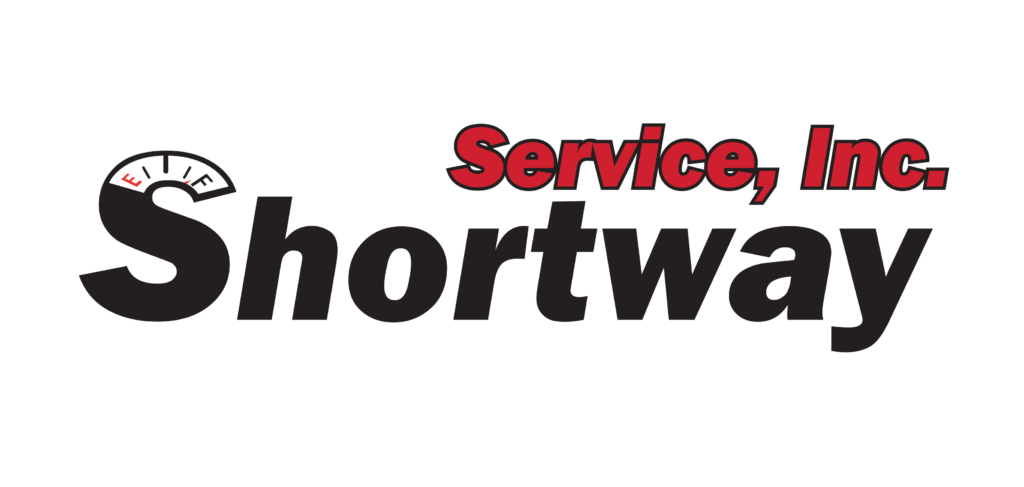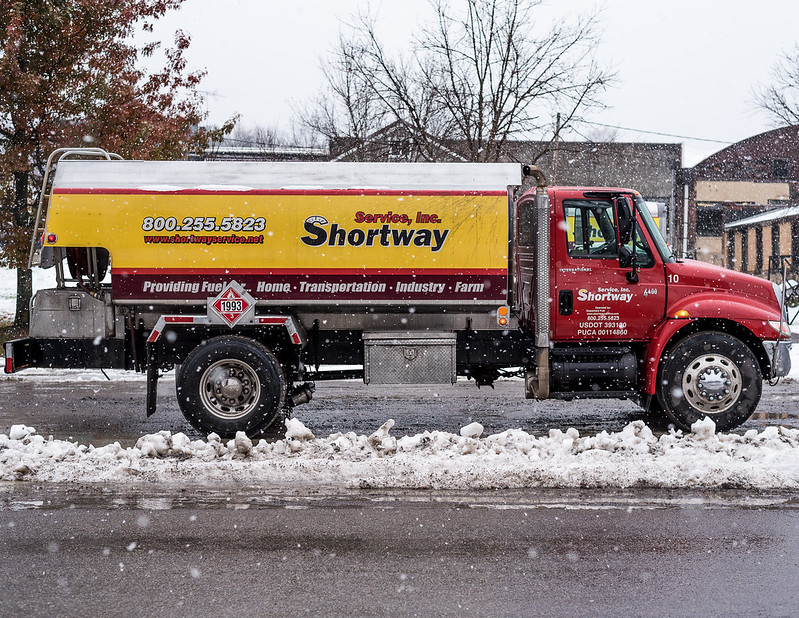Forward-thinking industry leaders have embraced an impressive vision for oilheat. They are driving the engines of progress and creating a brighter future for the industry — and for oilheat customers too. Stay with oilheat and enjoy the ride!
The Path to a Greener Future
More than 300 leaders from the heating oil industry unanimously passed a resolution to achieve net-zero carbon dioxide (CO2) emissions by 2050. This ambitious goal was established at the Northeast Industry Summit last September.
The resolution calls for:
➜ A 15% reduction in CO2 emissions by 2023
➜ A 40% reduction by 2030
➜ Net-zero carbon emissions by 2050
Net-zero emissions will make heating oil a carbon-neutral energy source, with a carbon footprint of zero. The recently passed resolution means that is the expectation for the entire heating oil industry within 30 years.
Staying on Track
As every heating oil retailer in the region works to do its part, increased use of ultra-low-sulfur heating oil (ULSHO) will probably be mandated for this winter, and will most certainly prove instrumental in achieving the targets adopted by the Northeast Industry Summit resolution. Modern and efficient, our proprietary Ultra Heat Premium Oil includes a technically superior additive that helps prevent the formation of sludge, water and algae in your fuel storage tanks. And it costs no more than “ordinary” heating oil!
With 99% less sulfur in it than standard heating oil, ULSHO — including our own Ultra Heat — has shown a reduction in emissions of over 70%, compared with the emissions produced by traditional heating fuel. This extra focus on keeping your equipment running more efficiently lowers your fuel bills and reduces the need for repairs.
What’s So Hot About Today’s Oil Furnaces and Boilers?
The combination of continually improving residential heating oils with increasingly efficient heating oil systems is the one-two punch that will help homeowners with oilheat save significant money on their energy bills at the same time that their homes are becoming carbon neutral.
Today’s heating oil systems are incredibly efficient, and tomorrow’s systems will boast efficiency ratings of 95% or better. It’s truly a win-win situation.
Compared with 25 years ago, homeowners now need an average of 500 gallons less oil to heat their homes each year. That’s because new, high-efficiency heating systems feature enhanced technology and control capabilities to provide optimal comfort while decreasing your energy costs. Another popular feature of modern, high-efficiency heating systems is that they operate significantly more quietly than old heaters.
In contrast, old heating systems were built with thick metal components that do a poor job of transferring heat. Unfortunately, many of these systems are still in use today, and people who use them pay a lot more to heat their home.
Despite this potential for big savings, many people don’t bother to update their heating system until something major goes wrong. They don’t realize that a new, high-efficiency system could actually pay for itself in a fairly short time.
To see how much you can save with a new, high efficiency system, reach out to Byerly Services at 814-590-7608. We think you will be pleasantly surprised.
Give Yourself Some (Tax) Credit
To encourage homeowners to invest in high-efficiency systems, Congress recently extended a federal tax credit program for energy-efficient home improvements. The tax credit is not only valid through Dec. 31, 2020, but is retroactive to Dec. 31, 2017. This means that if you installed a qualifying system in the past two years, you can still apply.
The tax credit varies. In some cases, it can be 10% of the total cost, up to $500, for home improvements like windows, doors and new insulation. In other cases, the credit is limited to a specific amount.
In the case of a high-efficiency oil furnace or oil boiler, you can qualify for a $150 federal tax credit. One thing to keep in mind is that this must be for an existing home that is your primary residence. The credits do not apply to new construction or rentals.
If you’ve been putting off making those home improvements or purchasing that new comfort system, 2020 is the perfect time to take action. Not only will you enjoy some bonus money in tax credits, but the energy-efficient improvements will save you money on your energy bills, year after year.
To learn more, go to EnergyStar.gov and click the button for tax credits under “Energy Efficiency,” toward the top of the home page.

